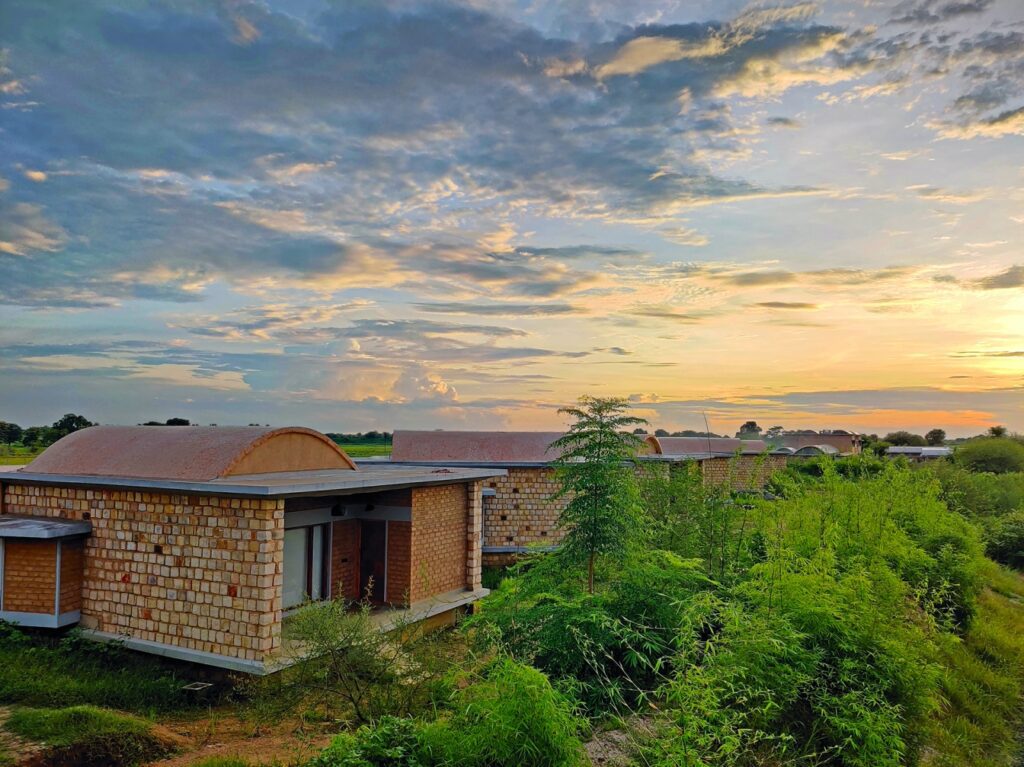Tadoba Andhari Tiger Reserve also referred to as Tadoba National Park is located in the state of Maharashtra, in Chandrapur district. It is one of the largest and oldest national parks of India. This reserve forest is not only rich in biodiversity but also in its cultural values. In this blog, let’s go through some interesting historical beliefs and facts of Tadoba Andhari Tiger Reserve.
Tadoba Andhari Tiger Reserve
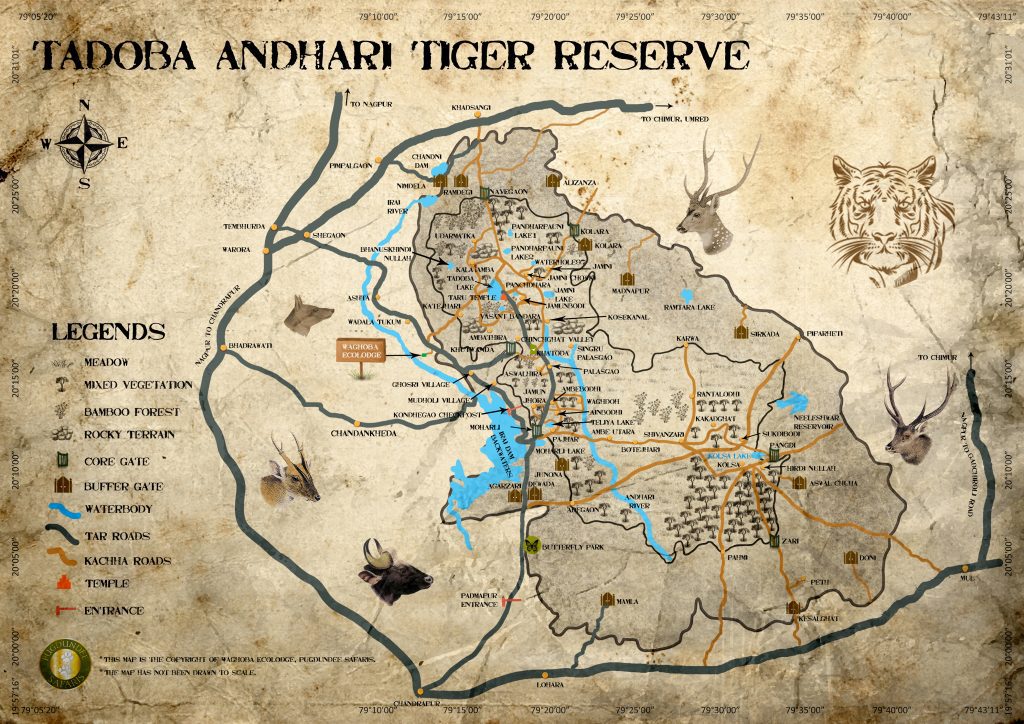
Tadoba National Park covers 116.55 square kilometers and was established in 1955, while Andhari Wildlife Sanctuary covers 508.85 square kilometers and was established in 1986. Finally, in 1995, Maharashtra’s forest department united the two areas to form the Tadoba Andhari Tiger Reserve, which covers a total area of 625.40 sq km. This massive reserve, covering 1727 square kilometers, is made up of the Protected Forest and Reserve Forest, as well as other areas. Today, it is one of the 51 Project Tiger Reserves and is one of the most well-known.
The local community of Tadoba National Park
The Gond Kings controlled most of central India back in the 15th century, and Chandrapur was one of their capitals. The district of Chandrapur was formed by Raja KhandkhyaBallal Shah. Even back then, Tadoba was one of the district’s most notable locations and attractions. The name ‘Tadoba’ comes from the name of the God ‘Tadoba’ or ‘Taru,’ whom the local tribes of the Andhari and Tadoba region used to worship. It is the local tribal belief that ‘Taru,’ the chief of that hamlet, was killed in a legendary encounter with a Tiger. Following this incident, the local tribal of that area built a shrine and dedicated it to the ‘Taru’ God, which is located on the Tadoba Lake’s shore beneath a large tree. As a result, the locals used to worship Taru as God. This temple is very popular among the local Adivasis, who come here on a regular basis. In the month of Pausha, a large multitude of Adivasis congregated here for the yearly fair (December to January).
The Pillars of Tadoba National Park
The Gond kings, who governed this region were the ones who asked to build the pillars. These pillars stand at regular intervals along the road that connects Nagpur and Chandrapur. At that time, both of these cities were strategically important. The current road curves to follow the current routes carved out within the reserve forest, so the pillars only accompany us for a portion of the journey, but we can get glimpses of the row of pillars standing tall amidst the trees as we travel. These pillars were clearly designed for communication. The ring atop the pillar was most likely used to pass a rope through, which would then be tied to a bell. The bell could be rung by pulling the rope from any place, and the ringing pattern could have aided in message transmission. It would have been an effective form of communication, particularly when dealing with a large army and royal procession.
Anti-clock is auspicious!
Anti-clockwise rotation is considered fortunate in Gond culture, but clockwise rotation is considered wicked. Their temples have ‘pradakshina’ that runs counter-clockwise. As a result, when these people began to use wall clocks, anti-clocks were created. Only during Gond festivals are such clocks available.
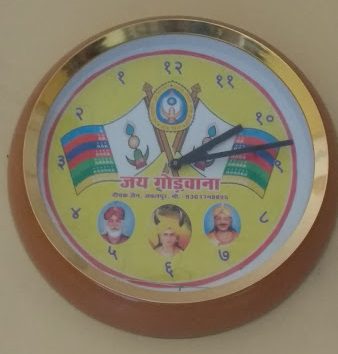
Horse as a deity of Gonds
In Tadoba, horses are revered as tribal deities. Tribals are thought to have never ridden horses. Equus namadicus, a wild horse species native to Central India, went extinct about 10,000 years ago. It’s possible that it survived in tribal legend and became venerated as a divinity later on.
Resorts in Tadoba
While you are in Tadoba, you could explore the newly opened, Waghoba Eco Lodge, an eco-friendly lodge by Pugdundee Safaris. Waghoba Eco Lodge is going to set new standards of eco-friendliness and conscious luxury. The cottages at Waghoba Eco Lodge have been crafted by drawing inspiration from the very best of eco-construction. Sustainability is ingrained in each aspect of its construction, such as each cottage has been built meticulously with handmade Adobe bricks, local stone & Guna vault roofs.
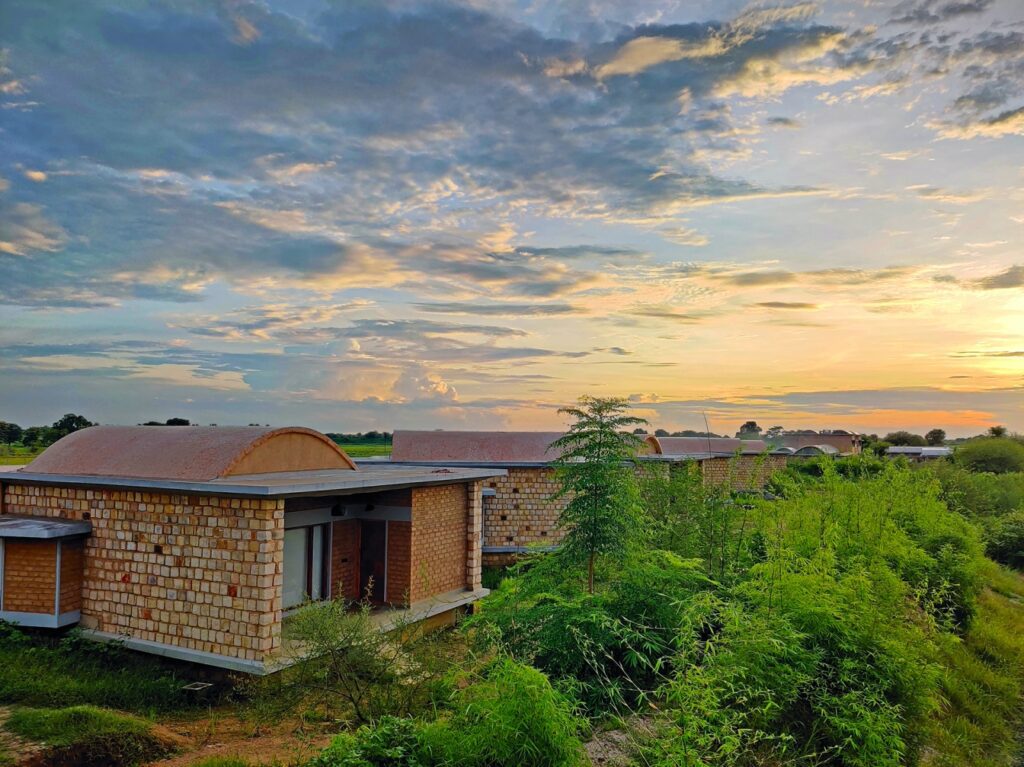
Flora and fauna of Tadoba National Park
Every year, Tadoba attracts tens of thousands of visitors from all over the world. According to the latest reports, there are 115 tigers in this Tadoba National Park, making it the most populous in the country. It is home to a variety of wild species other than tigers. It includes Leopard, Wild Dog, Sloth Bear, Sambar, Jackal, Barking Deer, Indian Bison, etc.
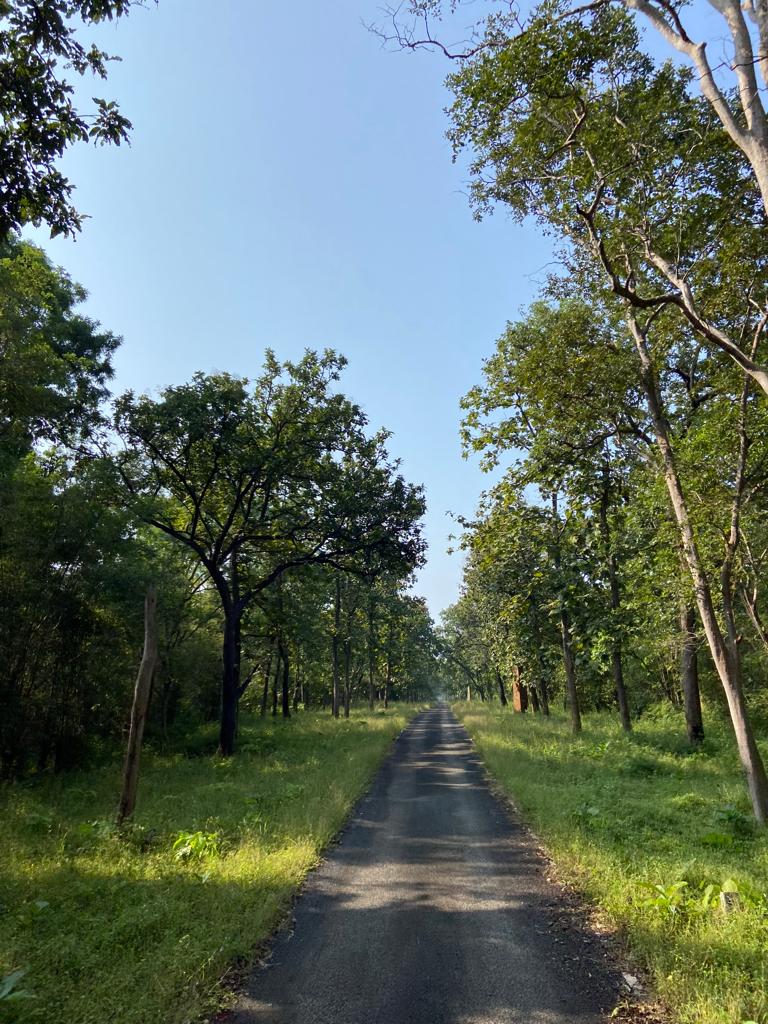
Teak, Bija, Ain, Bamboo, Dhaoda, Tendu, Arjun, Haldu are among the Flora of Tadoba National Park. The beauty of overshadowed bamboo and teak, as well as the stunning landscape of marshlands, lakes, and craggy cliffs, is just enchanting. Because of its diverse flora and animals, this national park was once a favored hunting destination.
Celebrity names of tigers in Tadoba National Park
The tigers here are named after a lot of Bollywood stars and have the most unique names. Maya, Tara, Matkasur, Sonam, Geeta, Mona, Lara, Gabbar, Madhuri, Amitabh, Mallika, Circuit, Shivaji, and more celebrity names are given to the tigers of Tadoba.
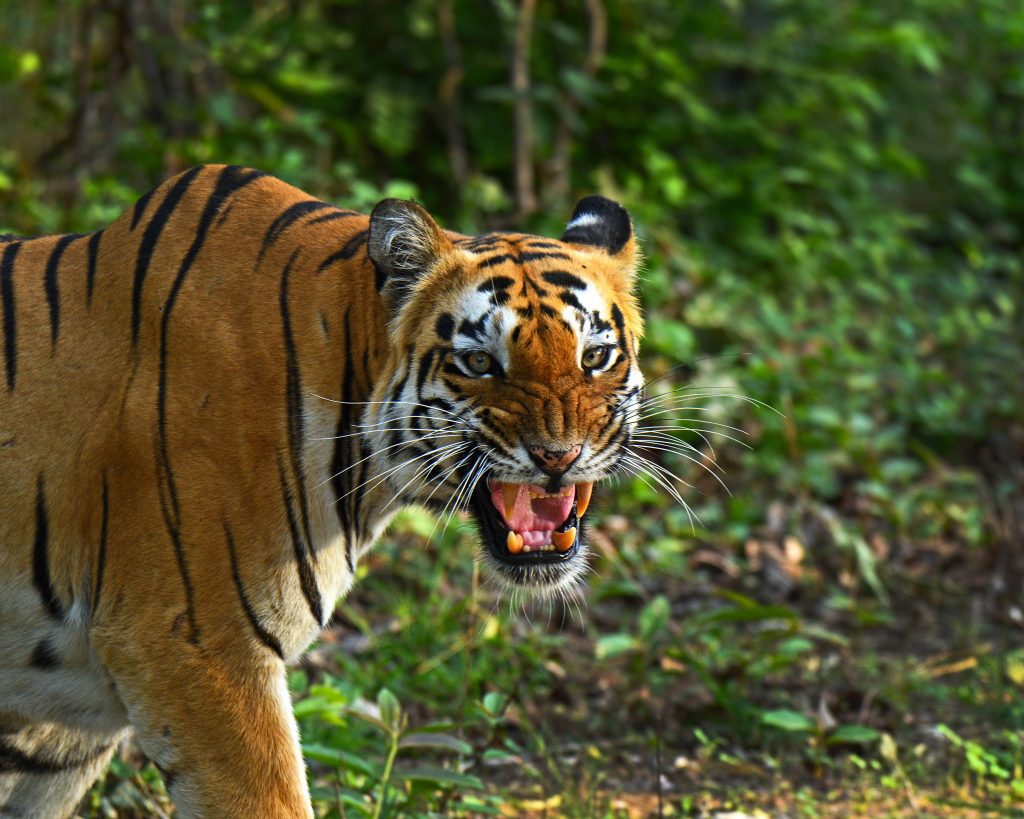
In Tadoba, wildlife and the people of the forests live in harmony. Undoubtedly, Tadoba Andhari Tiger Reserve is rich in biodiversity and culture.
Get in touch with our trip curators to plan the trip: [email protected] or +91 9873879913.

